Photo credits: Eyre Crowe for the Library of Virginia/Crown Awards
On November 26, 1861, a section of the state of Virginia began secession proceedings to create the new state of West Virginia.
The new state was formed from a region of Virginia’s formerly larger area, which strongly opposed the state’s decision to secede from the Union. Virginia joined the Confederacy in April of 1861. However, despite forming to be part of the Union, the new state’s constitution authorized slavery to continue in West Virginia. It was not abolished until 1865.
At the time, eastern Virginia planters enslaved many more Black people than people in the western counties. They held much of the power in the Virginia legislature. This was due, in part, to the larger populations in their region, fueled by enslaved Black people. When representatives of eastern Virginia voted to join the Confederacy. a group of western delegates led by John S. Carlile walked out of a legislative session.
They swore to form a government from western counties that would remain loyal to the Union.
Over the next few months, delegates held an alternative convention and voted to form the new state of West Virginia. A Constitutional Convention began on November 26, 1861, and lasted until February 1862. At this convention, delegates considered many topics, including slavery. While the delegates were united in wanting to join the Union, many of these delegates wanted black slavery to continue in West Virginia.
Delegates considered gradual emancipation for currently enslaved Black people in the new West Virginia state boundaries. Others proposed banning all Black people, enslaved or free from the state: “No slave shall be brought or free person of color shall be permitted to come into this State for permanent residence,” the draft constitution read, according to the Equal Justice Initiative.
On February 12, 1863, however, the delegates adopted revisions mandated by the Congress. These revisions still authorized slavery’s continuance in West Virginia. Under the final constitution, enslaved Black children born after July 4, 1863, were to be freed immediately. All other enslaved children were to be freed when they turned twenty-one. The revised constitution with this policy of gradual abolition was approved days later and West Virginia officially gained statehood.
Consequently, because the January 1863 Emancipation Proclamation legally freed enslaved people in all rebelling territories, legal slavery actually ended in Virginia before it ended in West Virginia. However, Virginia’s white rulers defied the proclamation through the end of the Civil War.
West Virginia ultimately abolished slavery in 1865. This occurred shortly before the passage of the 13th Amendment.
Reference: Stevenson, B. (n.d) On this day – Nov 26, 1861: State of West Virginia Formed; Slavery Authorized. Retrieved from https://calendar.eji.org/racial-injustice/nov/26
BlackThen.com writer and historian Victor Trammell edited and contributed to this report.

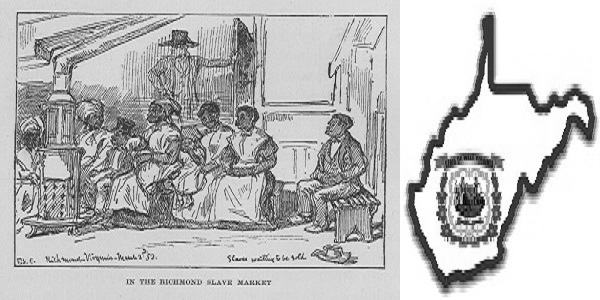




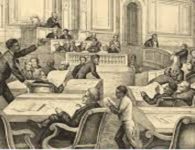

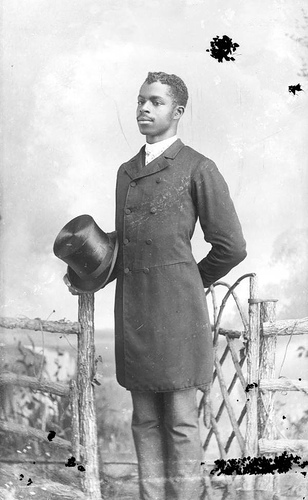




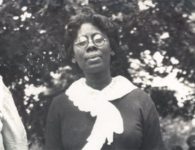
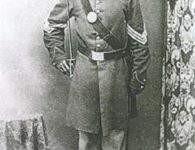

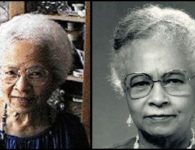
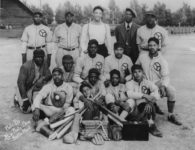



No comments